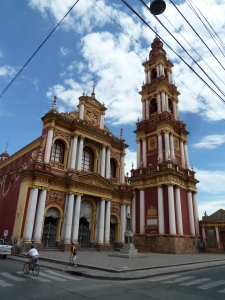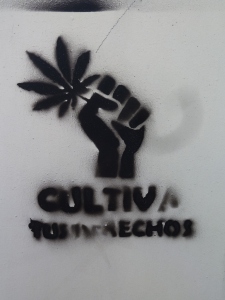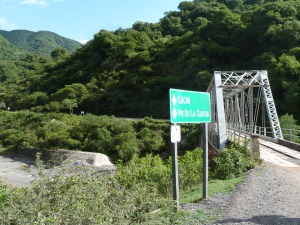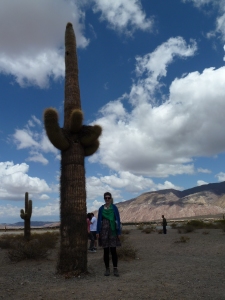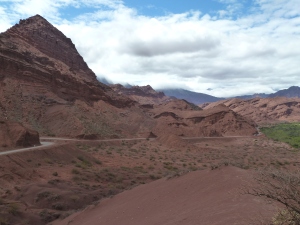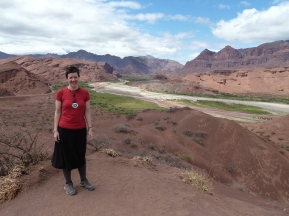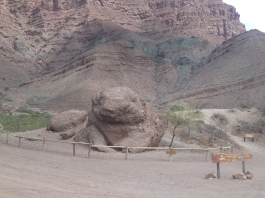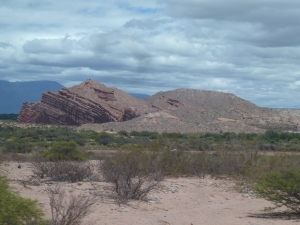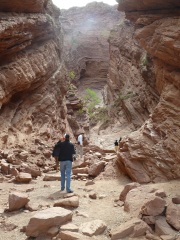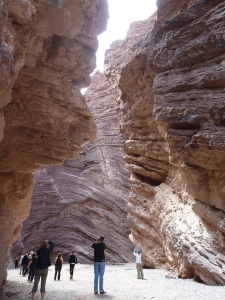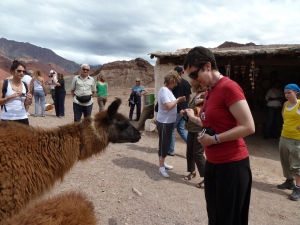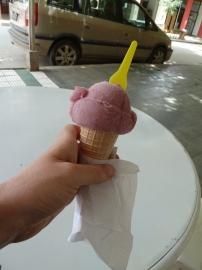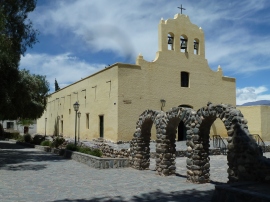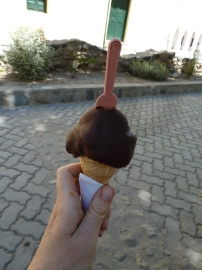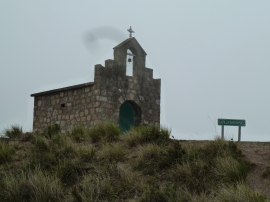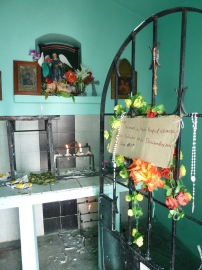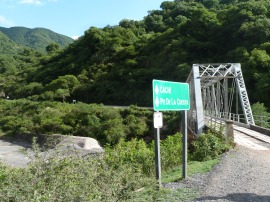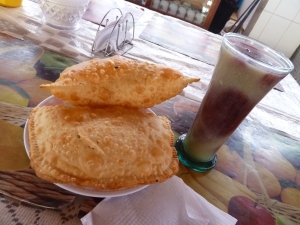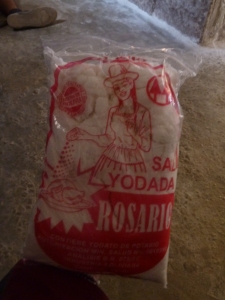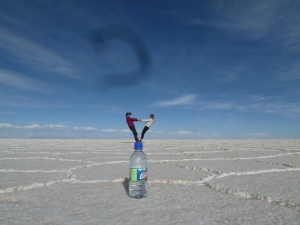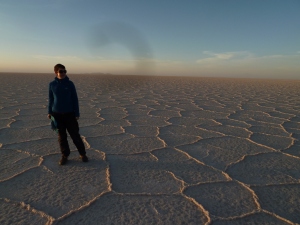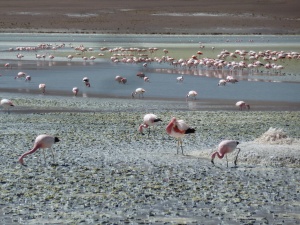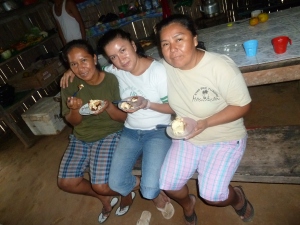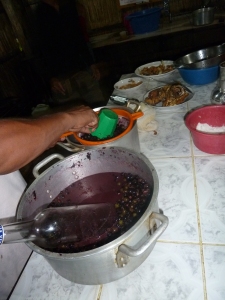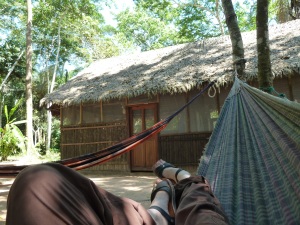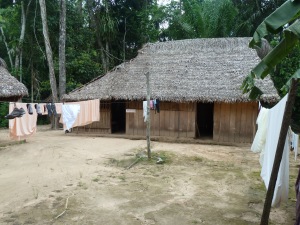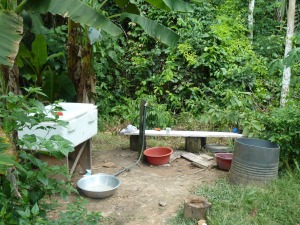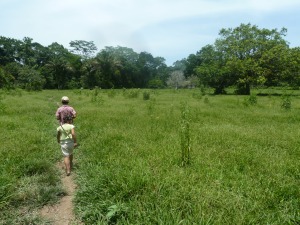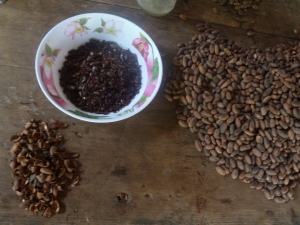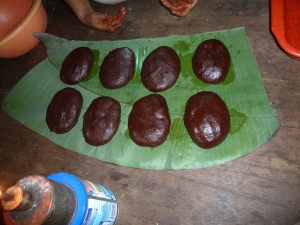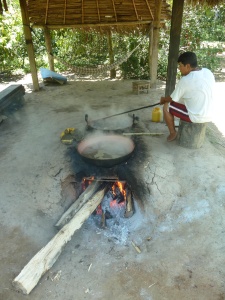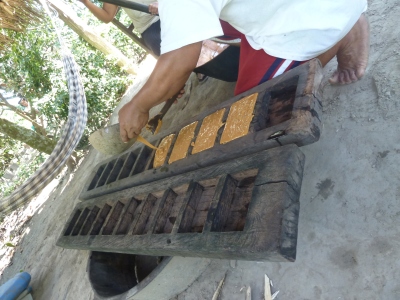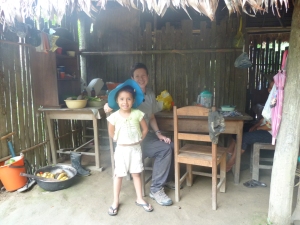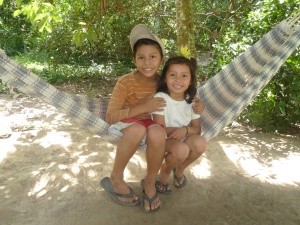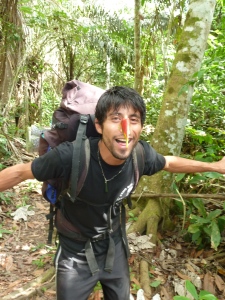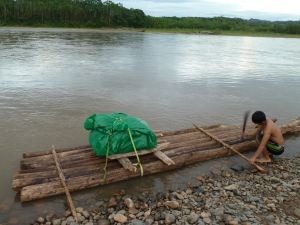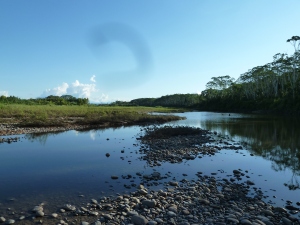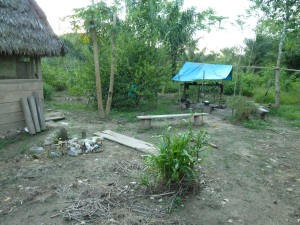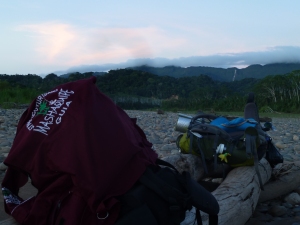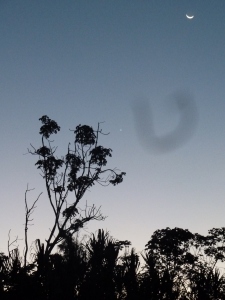Argentina was a bit of a culture shock after Bolivia but I soon adapted. Going to the supermarket in Salta felt really strange until I remembered that I hadn’t been to a western style supermarket in almost two months (the only western style supermarket I went to in Bolivia was in Cochabamba). I noticed the harsh strip lighting, the regular fruit and vegetables (I soon learnt that crossing the border also meant no more exotic fruit), the selection of frozen foods and more. The people also looked different, much less indigenous and more european. It took me a while to get used to Argentina and I have to say, I didn’t really like it much at first. That said, it was nice to be able to cook again (all the hostels have kitchens and it is much cheaper to cook than eat out) and I developed a serious addiction to ice-cream!
I liked Salta. I stayed at a nice hostel (apart from the mosquitos) and met some really great people. The city was not too big (you can go everywhere on foot pretty much) but there was a lot going on and some good museums. One of the main attractions is the Museo de Arqueologia de Alta Montana (High Mountain Archeology Museum) which displays objects found at the summit of the Llullaillaco volcano, including a mummified child ritually sacrificed by the Incas (the museum has three child mummies but they are displayed on rotation to preserve them). You can read more about the museum and the mummies here. The mummy on display was really well-preserved and the displays were well presented and interesting.
I also visited the Museum of Contemporary Art but the highlight for me was visiting Pajcha – Museo de Arte Etnico Americano (Museum of American Ethnographic Art) which was one of the best museums I visited in South America! It was in an anonymous looking building and I had to ring the bell to get in, where I was greeted by the museum’s curator, Diego. To say that Diego was a character and enthusiastic about his job and the museum would be an understatement, so imagine his delight when he found out I worked at the V&A! Diego was so enthusiastic and knew so much about the collection that I decided to pay the extra cost for his tour, and it was well worth it. Diego was also a bit of a character so he would say, for example, ‘dearest Dana, look at this object, what do you see?’ and after I looked a bit puzzled, or told him what I coud see, he would then launch into a big, dramatic spiel about the object and tell me a random (but usually interesting) story about it, talking in a highly animated way (with a strong accent in English) and waving his arms around. So I had a wonderful few hours looking at amazing objects and being entertained (and learning from) Diego.
Looking around the museum was like a record of my trip in objects – I had been to many of the places in Peru, Bolivia and Argentina where traditional crafts are produced so I could tell that the examples on display in the museum were excellent quality. Diego lost me a bit when he went into a lot of detail about angels with guns on churches (!!??)
When I went to the ‘shop’ at the end, I had to laugh – laid out on a couple of tables were, pretty much, examples of all the souvenirs I had bought on my trip in Peru, Bolivia and Argentina! In the end I bought the beautifully illustrated book about the museum collection.
You can read more colourful accounts about the museum and Diego here.
I also made a couple of day trips from Salta to Quebrada de Humahuaca, Cachi, Las Cordones National Park, Cafayate and la Quebrada de Cafayate in the surrounding areas.
Cachi is a beautiful little town with white buildings and cobbled streets, there (and on the roads along the way) you can buy tradition crafts, food and condiments from the region, such as paprika, sugar cane syrup, goats cheese etc. A highlight for me was eating quinoa croquettes and an ice cream with a bano de chocolate (a chocolate bath, which means the ice-cream on top of the cone is dipped in melted chocolate and then put back in the freezer for a moment to set).
Parque Nacional de las Cordones was, as the name suggests, full of giant cactus (called cordones in this part of Argentina) some of which were hundreds of years old. We also saw some amazing scenery on the way to and from the park as the landscape changed from the city, to the countryside full of tobacco plants, to lush green forests, to cactus, to dry desert.
Cafayete is a famous wine-producing region and we stopped in town for a couple of tastings. I also went to a famous ice cream shop to try wine ice-cream – the red wasn’t too bad, a bit weird as it was like an alcoholic sorbet, and I tried the white but it was a bit too sweet. The town had a lovely square and there were lots of shops selling crafts from the region.
The Quebrada de Cafayete was spectacular! I’ve not been to the Grand Canyon but I imagine it to be similar with all the giant rock formations in spectacular shades of red, orange and brown. We visited the Garganta del Diablo (the Devil’s throat) and the Anfiteatro (the amphitheatre) which is meant to have acoustics that are 80% of the quality of the Teatro Colon (the famous opera house in Buenos Aires). To test this theory there was a busking band, who our tour guide joined on guitar for a few songs, and the acoustics were impressive!
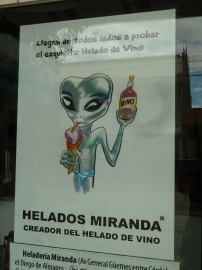
The famous wine ice-cream shop (translation: they come from everywhere to try our esquisite wine ice-cream)
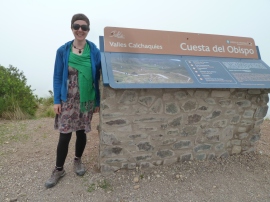
There should have been a spectacular view behind me but we couldn't see anything because of the clouds!
